Structure
Partners and contributors
TETTRIs brings together 17 European Institutions hosted in 11 countries. Through CETAF (Consortium of European Taxonomic Facilities) the project’s expected outcomes will be disseminated and expanded across a larger community that encompasses 74 taxonomic facilities across 24 countries, including natural science museums, natural history museums, botanic gardens and other biodiversity related entities. It provides TETTRIs with a robust degree of capillarity. Collaboration with the European Citizen Science Association (ECSA) ensures the necessary strong linkages with citizen scientists initiatives and anchors TETTRIs in a well-grounded societal platform.
Furthermore, connections with DiSSCo (Distributed System of Scientific Collections), the research infrastructure supported by the taxonomic community and others in the field of natural sciences’ data (such as GBIF, Elter, LifeWatch and Pensoft) guarantees that the transformation envisaged by TETTRIs enriches with the additional nuances and complementary facets. Additional contributions coming from strategic partners as BiodivERsA and EuropaBON, and community initiatives as CETAF-DEST (Distributed European School of Taxonomy) and EJT (European Journal of Taxonomy), will sum value to TETTRIs work and contribute to enhancing and sustaining final outcomes beyond the project’s lifetime.
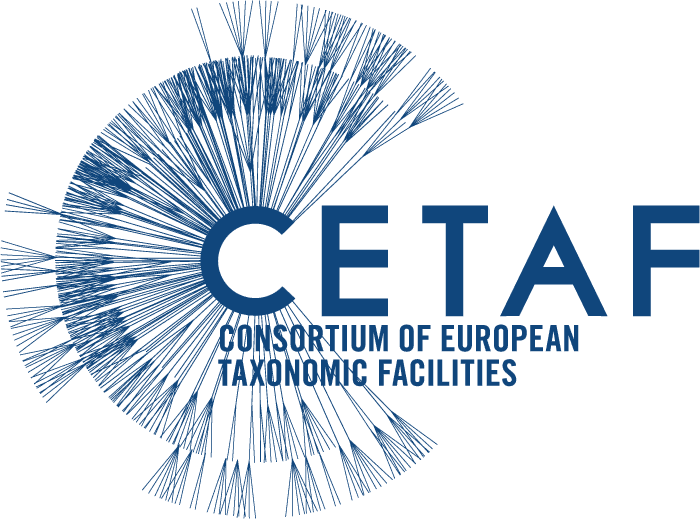
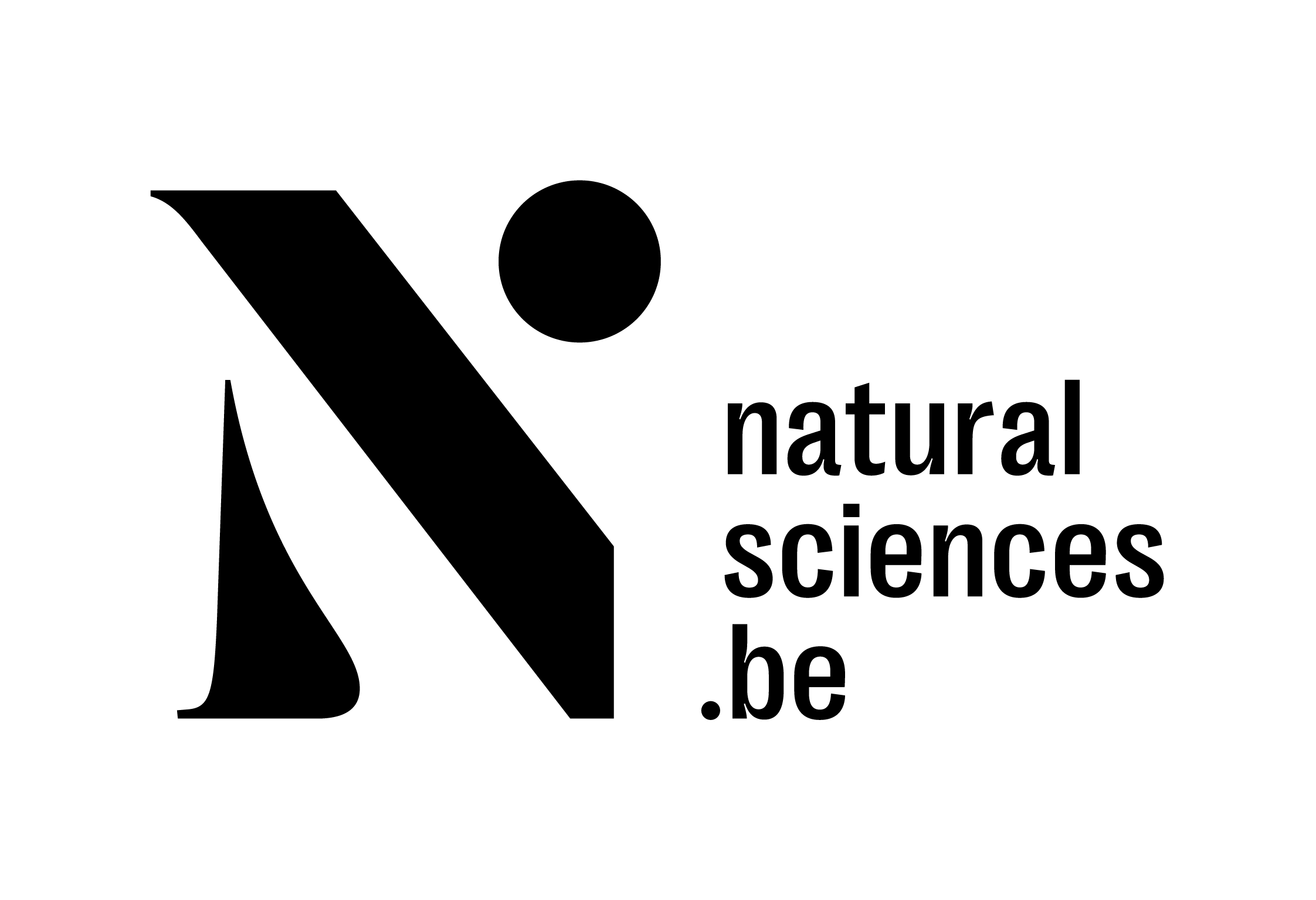
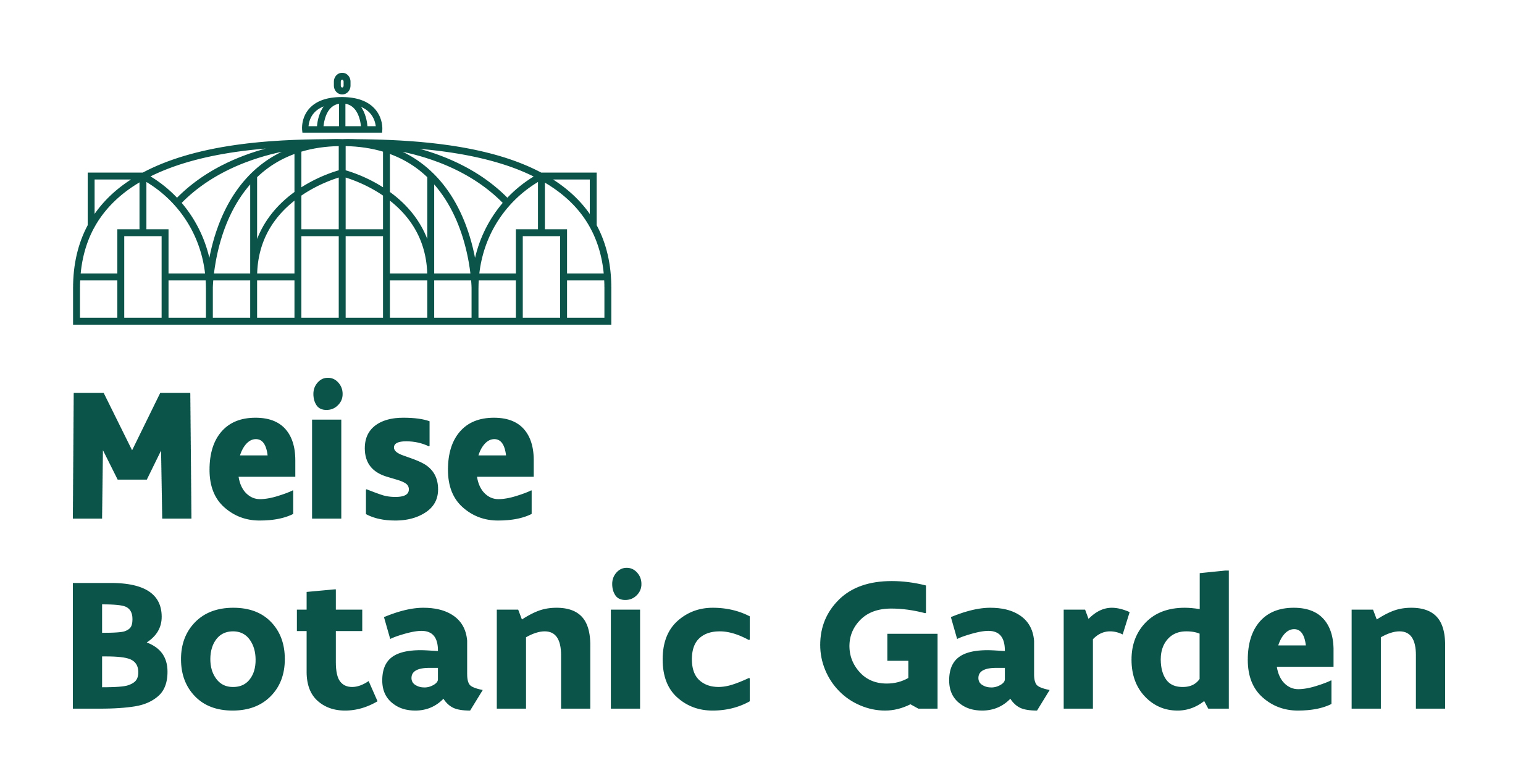


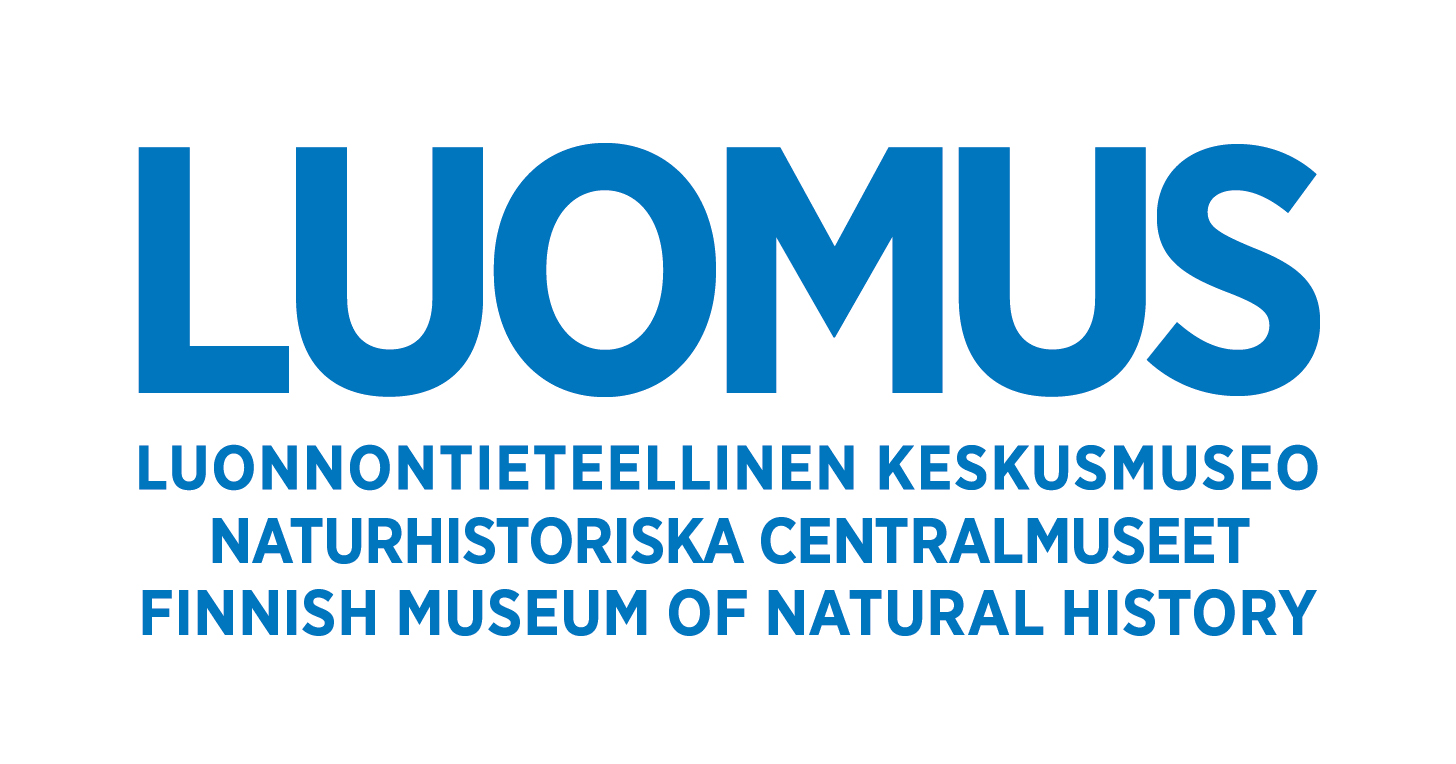
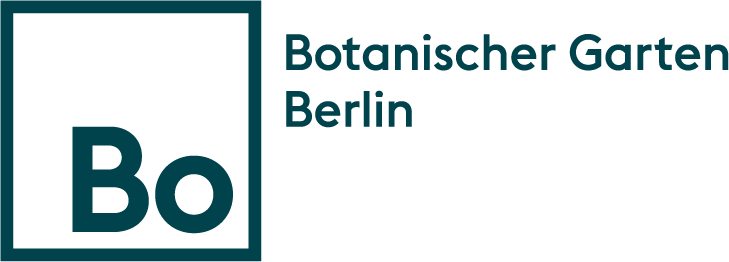

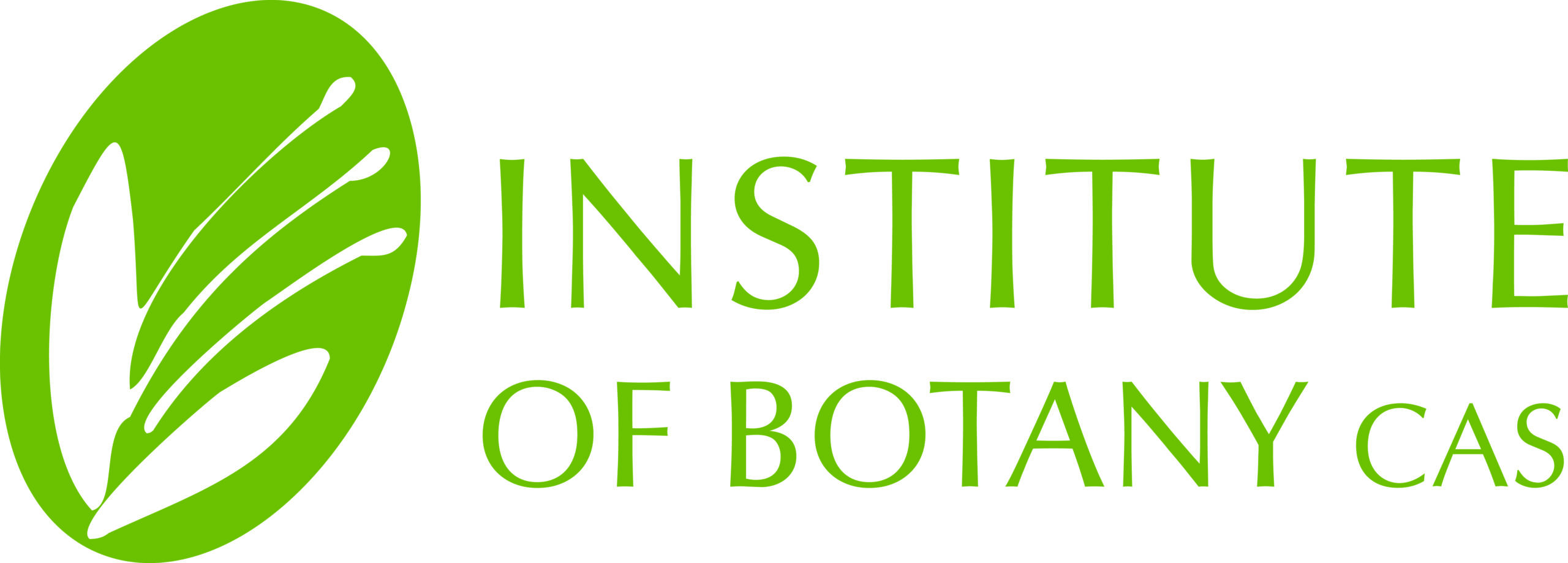
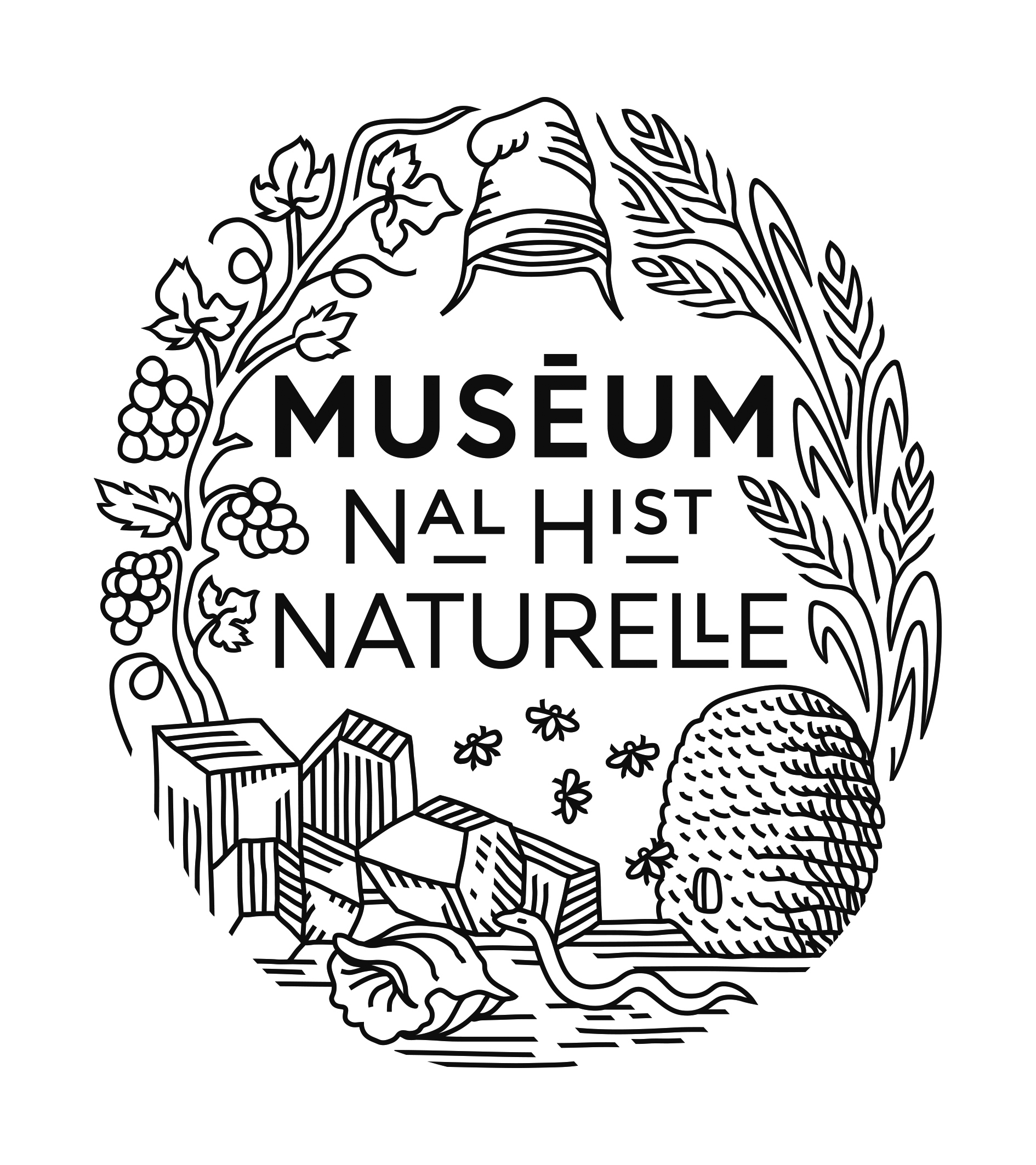
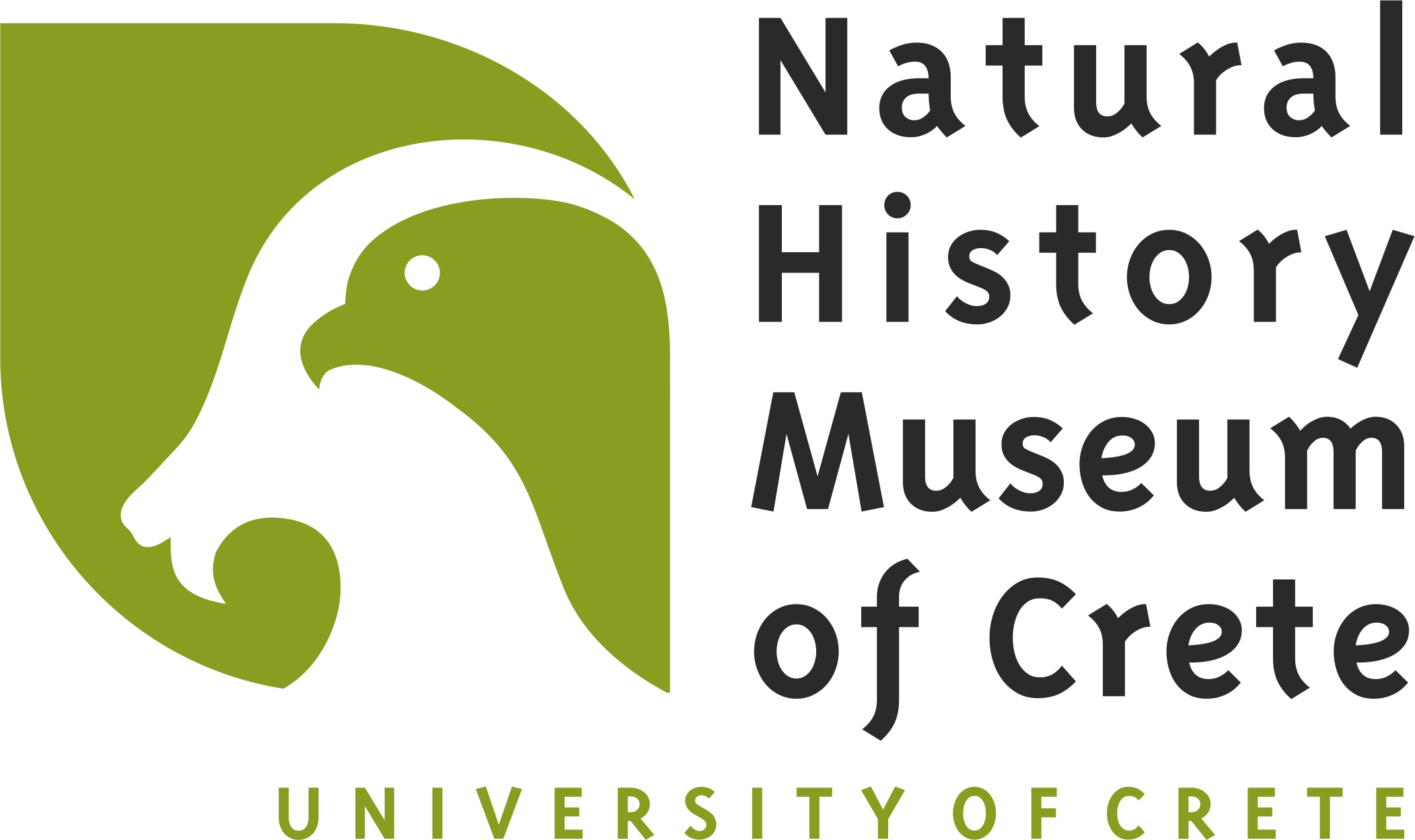
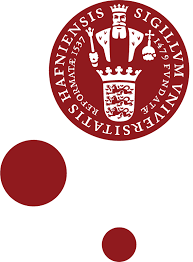


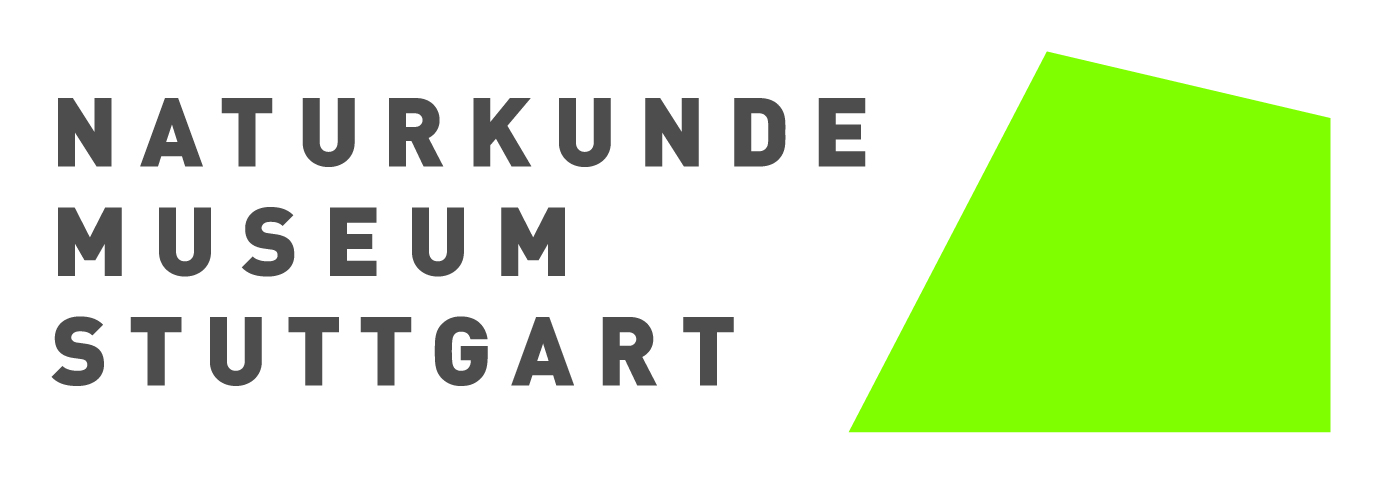
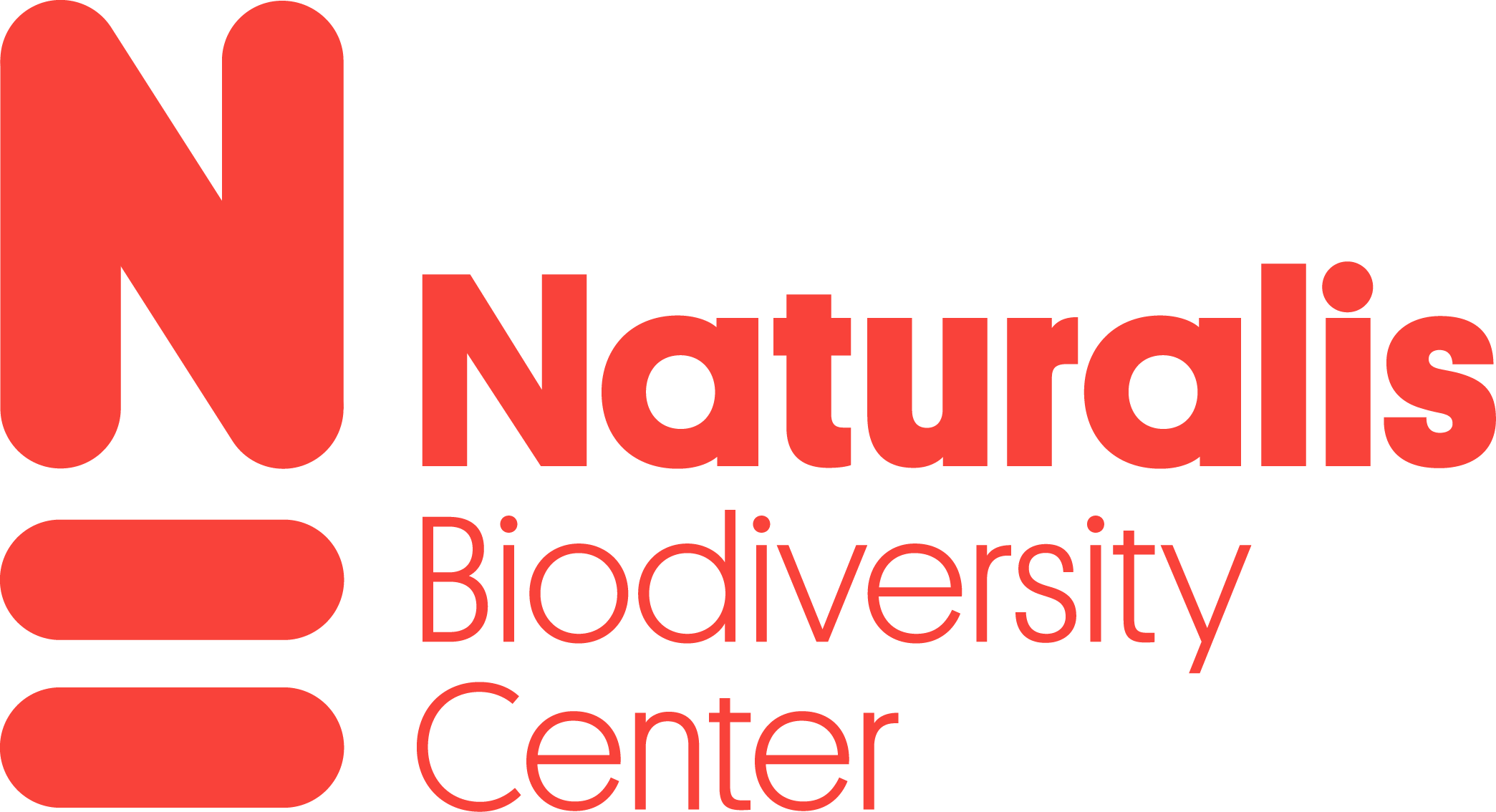

10 Work packages with 26 deliverables
Objectives
To provide a roadmap to set-up physical and virtual (national) reference collections, deployment of hybrid (physical and virtual) frameworks for generating and curating reference collections of specific taxonomic or functional groups and implement the mentioned collections for pollinators.
Deliverables
D1. A roadmap to set-up reference collections
D2. Species level online access to European reference collections and virtual reference collections of selected groups linked to pollination systems
Objectives
- To provide a cross-cutting CETAF Taxonomic Resolution Engine (TRE) for linking taxonomic resources and to allow
cross-domain data integration. - To provide workflows for synchronising local taxonomies with the taxonomic backbone.
- To integrate the TRE in the landscape of European and global linked biodiversity data infrastructures.
Deliverables
D3. Functional optimised EU Nomen processes and services up and running
D4. Functional workflow for mapping local taxonomies established and documented
Objectives
Consolidate the service landscape facilitating development, and application of taxonomic knowledge.
Improve the FAIRness of available online tools and services for taxonomy.
Improve access to taxonomic expertise and their services, serving different categories of users.
Create a marketplace for connecting demand and supply of expertise and services in taxonomy.
Deliverables
D5. A pilot implementation for a taxonomic e-services and resources marketplace
D6. Guide for marketing of indexed taxonomic expertise
Objectives
Create a digital training knowledge database of already implemented, tested, validated, and standardised training materials, activities, courses, platforms, and technologically innovative tools on taxonomy.
Make a digital network of skilled trainers on taxonomy, acting as a “multiplier task force” under the “Training of Trainers” (ToT) model, in biodiversity hotspots and protected areas.
Develop a framework for training courses (online and face-to-face), facilitating interlinkage and knowledge transfer by expert taxonomists to taxonomy-related occupations in order to build taxonomic knowledge, behaviours, skills and capacities in biodiversity hotspots and protected areas.
Deliverables
D7. Development of the training framework
D8. First draft design of pilot trainings
Objectives
Foster career development by identifying relevant opportunities in the public and private sectors, opening an inclusive graduate school to engage the new generation, and empowering taxonomists to further engage in multidisciplinary initiatives.
Develop pathways to sustainable funding by writing the business case for a European Agency of Taxonomy.
Deliverables
D9. A Landscape analysis on taxonomic expertise needs and gap analysis on academic taxonomic training
D10. The European Agency for Taxonomy business case
Objectives
To evaluate innovative species identification and delimitation tools to create best practice on their use.
To support third party projects that want to use innovative techniques within their projects.
To use technology to guide capacity building and prioritisation in taxonomy from an infrastructural and human resources perspective.
Deliverables
D11. The infrastructure for creation of shared image & sound recognition algorithms online is available
D12. Free, user-friendly web-platform for integrative species delimitation analyses, incl. video tutorials
Objectives
Support, guide and supervise the establishment of adequate facilities in a pilot number of local nodes:
- enable the transfer of knowledge from educators, fundamental research and collections holders to people working in practice in biodiversity conservation in local nodes, hotspots, and protected areas
- activate mechanisms to engage taxonomy related participation in the field.
- Design and deploy a cascade funding mechanism to third party projects (3PP) to test the implementation of the developments under WP1, WP4 and WP6.
- Based on 3PP results and other data, make recommendations on building capacity in taxonomy and ensuring long-term sustainability of the novel networks developed under the 3PP.
Deliverables
D13. Documentation package for the Call for proposals for 3PP
D14. Blueprint for Taxonomic Capacity Building
Objectives
Provide communication tools and mechanisms.
Disseminate and outreach the outcomes of the third-party projects and the pilot activities.
Secure uptake of the project results.
Highlight the importance of taxonomic work and the need to spread and widen up its reach.
Promote the work of taxonomists towards different societal agents.
Engage with the targeted audiences for the transfer of knowledge.
Develop knowledge transfer mechanisms between taxonomic experts to citizen scientists.
Deliverables
D15. Internal Communication Strategy
D16. Plan for Dissemination and Exploitation of Results
D17. Update on Plan for Exploitation and Dissemination of Results (PDER)
D18. Policy brief 1
D19. Policy brief 2
Objectives
Enable a secured reliable space for collaborative work across partnership.
Set-up and operate the key-project governance and management bodies, ensure quality, identify risks, and implement mitigation actions as needed.
Define adequate planning and ensure effective and compliant implementation of the project.
Provide administrative and financial management and overall coordination of the project.
Ensure that project’s deliverables are produced on time, in high quality and within budget.
Deliverables
D20. Data Management Plan
D21. Update (1)
D22. Update (2)
Objectives
The objective is to ensure compliance with the ‘ethics requirements’ set out in this work package.
Deliverables
D23. Final reports from the independent Ethics Advisor
26 deliverables during the 42 months execution of the project
D10.2 Appointment of an Independent Ethics Advisor
Leader partner: RBINS/CETAF
Type: Document
D8.1 Internal Communication Strategy
Leader partner: CETAF
Type: Document, Report
D8.2 Plan for Dissemination andExploitation of Results
Leader partner: NHMD (UCPH)
Type: Document, Report
D9.1 Data Management Plan
Leader partner: CETAF
Type: Data Management Plan
D7.1 Documentation package for theCall for proposals for 3PP
Leader partner: CETAF
Type: Document, Report
D6.2 Free, user-friendly web-platform for integrative species delimitation analysis, inc. video tutorials
Leader partner: MNHN
Type: Websites, Patent filings, Videos, etc
D10.1 Ethics Requirements
Leader partner: RBINS/CETAF
Type: Report
D8.4 Policy brief 1
Leader partner: NHMD (UCPH)
Type: Document, Report
D9.2 Update on Data Management Plan(1)
Leader partner: CETAF
Type: Document, Report
D10.3 Ethics-Advisor Report
Leader partner: RBINS/CETAF
Type: Report
D3.1 A pilot implementation for a taxonomic e- services and resources marketplace
Leader partner: NATURALIS
Type: Websites, Patent filings, Videos, etc
D4.2 First draft design of pilot trainings
Leader partner: UNIFI
Type: R — Document, Report
D5.1 1 Landscape analysis on taxonomic expertise needs and gap analysis on academic taxonomic training
Leader partner: NHMW
Type: Document, Report
D1.1 Roadmap to set up reference collections
Leader partner: NATURALIS
Type: Document, Report
D2.1 Functional optimised EU Nomen Processes and services up and running
Leader partner: FUB-BGBM
Type: Websites, Patent filings, Videos, etc
D6.1 The infrastructure for creation of shared image & sound recognition algorithms online is available
Leader partner: NATURALIS
Type: Websites, Patent filings, Videos, etc
D2.2 Functional workflow for mapping local taxonomies established and documented
Leader partner: FUB-BGBM
Type: Document, Report
D5.2 The European Agency forTaxonomy business case
Leader partner:CETAF
Type: Document, Report
D3.2 Guide for marketing of indexed taxonomic expertise
Leader partner: MeiseBG
Type: Document, Report
D8.3 Update on Plan for Exploitation And Dissemination of Results(PDER)
Leader partner: NHMD (UCPH)
Type: Document, Report
D8.5 Policy brief 2
Leader partner: NHMD (UCPH)
Type: Document, Report
D9.3 Update on Data Management Plan(2)
Leader partner:CETAF
Type: Document, Report
D1.2 Species level online access to European reference collections and virtual reference collections of selected groups linked to pollination systems
Leader partner: LUOMUS
Type: Websites, Patent filings, Videos, etc
D4.1 Development of the training framework
Leader partner: NHMC-UOC
Type: R — Document, Report
D7.2 Blueprint for Taxonomic CapacityBuilding
Leader partner: IBOT-CAS
Type: Document, Report
D10.4 Ethics-Advisor Report
Leader partner: RBINS/CETAF
Type: Report
18 milestones during the 42 months execution of the project
Rules of Procedure for governing bodies defined
Leader partner: CETAF
Project website operational
Leader partner: NHMD (UCPH)
Launch of Call for third-parties’ projects
Leader partner: IBOT-CAS
Definition, scope, purpose and stakeholder needs of referen ce collections
Leader partner: LUOMUS
Digital training knowledge database and network of skilled trainers on taxonomy
Leader partner: NHMC-UOC
Agreed strategy for mapping local taxonomies
Leader partner: FUB-BGBM
DiSSCo Helpdesk adjusted for enquiries
Leader partner: FUB-BGBM
Pilot with first service and descriptions available
Leader partner: NATURALIS
Taxonomic Resolution Platform up and running
Established career path and opportunities for the next generation of taxonomists
Leader partner: SMNS
Knowledge Transfer discussions 1 completed
Leader partner: NHMD (UCPH)
A common strategy for the future of taxonomy defined
Leader partner: SMNS
Infrastructure for sharing training data for image & sound recognition available
Leader partner: MeiseBG
Image recognition EU molluscs sounds recognition EUGrasshoppers established
Leader partner: MeiseBG
Knowledge Transfer discussion 2 completed
Leader partner: NHMD (UCPH)
Organisation of pilot training established
Leader partner: NHMC-UOC
Final consortium meeting
Leader partner: CETAF
Virtual collection data uploaded to server, curation of reference collections
Leader partner: LUOMUS

